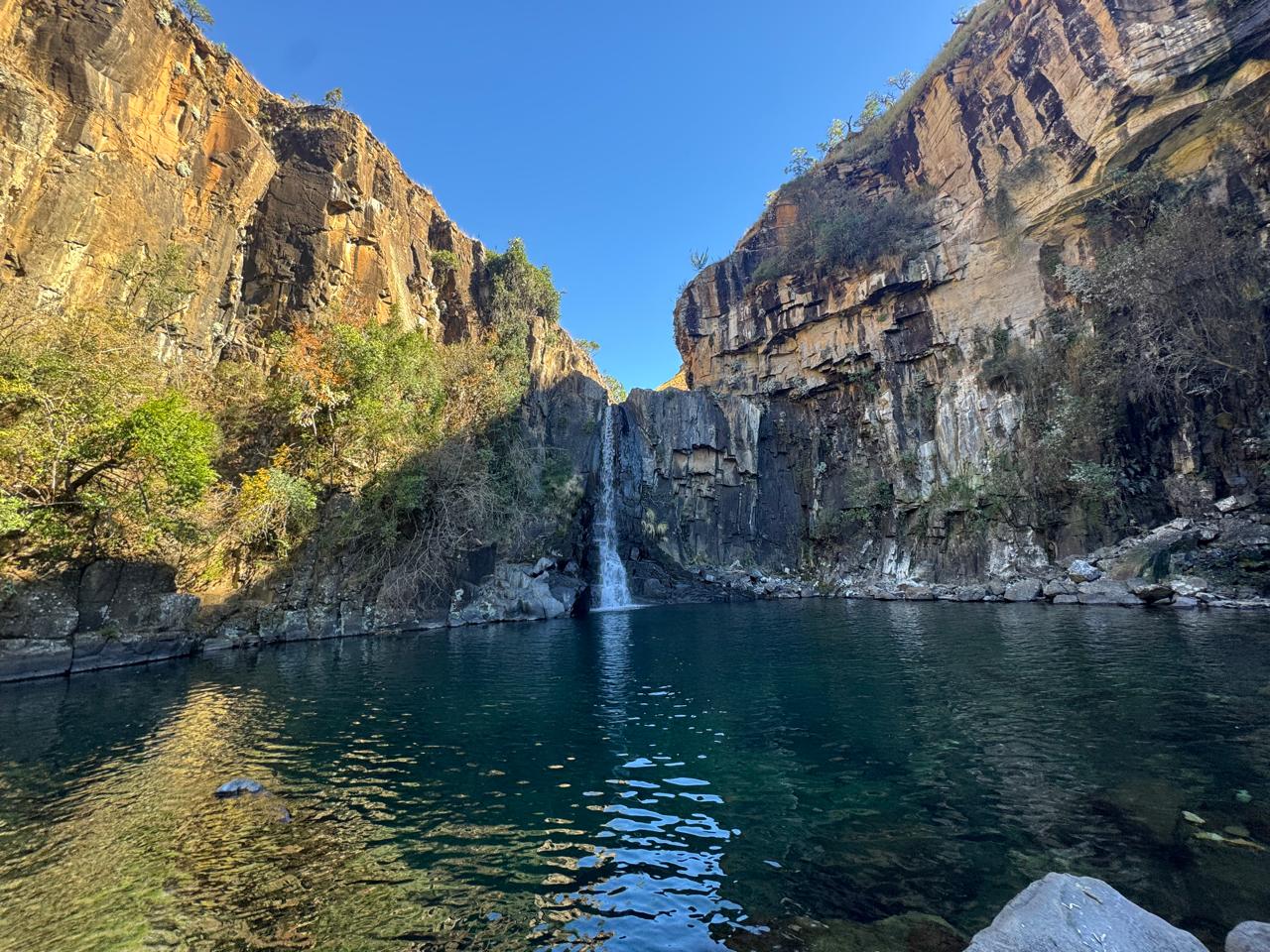Are leather hiking boots dead?



When I first ventured into the mountains – asa keen-bean Boy Scout in the early Nineties – the accepted wisdom was that hiking boots had to be rigid and tough, with thick leather uppers, chunky rubber soles, and solid brass eyelets for your red laces. In fact, that’s pretty much all you could find in the shops. Those who wanted something lighter had to resort to running shoes.
Thankfully these days we have a much wider selection of mountain footwear to choose from. Rock climbers have low-cut approach shoes, and for the hikers, the synthetic “mid” boot (so called because they extend over the ankles, but not as high as traditional models) offers something that’s sturdier than running shoes, yet lighter and more comfortable than your old-school leather clompers.
But are they suitable for your needs? Let’s take a closer look.
.png)
Benefits of a synthetic mid boot
Weight Watchers
The No. 1 advantage of these boots over traditional leather ones is the reduced weight, thanks in part to the use of synthetic fabric uppers, along with the lower cut on the ankles (less boot =less weight!). And lighter boots mean reduced energy usage and a happier you.
Climate control
Another big advantage of synthetic uppers is that they’re significantly more breathable than leather. This is particularly relevant here in South Africa, where feet are prone to over-heating in hot conditions. At the same time, most synthetic mid boots come with aGore-Tex (or similar) waterproof membrane to keep your feet dry in thewet.
No breaking in
Because leather boots are relatively stiff, they usually require some “breaking in” time before they are comfortable to wear. This is not the case with synthetics. Provided they’ve been fitted right, you should be able to go straight from the shop floor to the Otter Trail with no risk of blisters.
Sure footed
At this point you may be asking, yeah, but running shoes offer all of the above. And cost less. Why should I bother with a boot? Short answer: boots provide better foot protection and stability. For one, they have superior ankle support thanks to the mid-cut design. Boots also have stiffer soles, which means less wobbling about on rough terrain, and more chunky, aggressive tread for better traction in slippery conditions. Finally, most have sturdy toe box that limits unhappiness when you stub your foot into tree roots, rocks, puffadders, etc.
The cons?
Mid-cut synthetic boots also have their downsides, and may not always be the best choice. Make sure you consider the following before handing over your credit card.
Toughen up
When it comes to durability, leather boots win hands down. If you spend a lot thrashing through fynbos, or are off for a six-month trek in the Himalayas, then I would choose a traditional leather boot.
Stability control
Mid boots might provide more stability than running shoes, but if you’ve got weak ankles or plan to carry heavy loads then a high-top leather boot is recommended. This is especially true if you enjoy hiking for long days over rough terrain, for example doing a traverse of the Drakensberg or Hex River mountains.
Snug as a bug
Even with a Gore-Tex lining, synthetic midboots don’t offer the same level of insulation and weather protection as a traditional leather boot. Not an issue if you’re staying local. But for more hardcore overseas expeditions leather is your friend.
Bottom line
Thanks to innovative design, light weight synthetic materials and waterproof linings, synthetic mid boots are incredibly versatile and offer some major advantages over leather ones. They’re perfect for the vast majority of South African outings, from day hikes in the Cederberg to multi-day trails like the Otter, as well as many overseas adventures, from trekking to Everest Base Camp to an ascent of Kilimanjaro.
.png)
Synthetic boots are perfect for the vast majority of South African outings, from day hikes in the Cederberg to multi-day trails like the Otter, as well as many overseas adventures, from trekking to Everest Base Camp to an ascent of Kilimanjaro.




















